Weeld Kleeth, Smart Lizards
Weeld kleeth, or "smart lizards", are sentient lizards found in the eastern regions of Siindlenorth and Siindlesouth, on Theyndora, along southwestern Pelthine, and on the southern continent of Zouldan.
Weeld kleeth are divided into three distinct subspecies: the terrons, the pendegons, and the casilisks. Fossil and cultural records indicate they originated on the Siindle continents and migrated to eastern neighbors thousands of years ago.
Terrons
Terrons are originally from the eastern regions of Siindlenorth and Siindlesouth. They occupy small villages along the coast, though communities have slowly migrated inland. A few hardy groups live in the Hethen Mountains.
Terrons are originally from the eastern regions of Siindlenorth and Siindlesouth. They occupy small villages along the coast, though communities have slowly migrated inland. A few hardy groups live in the Hethen Mountains.
Pendegons
Pendegons inhabit the western coast of Pelthine, with most congregating in the southern, more tropical areas. They tend to smaller, though more numerous, communities in remote areas.
Pendegons inhabit the western coast of Pelthine, with most congregating in the southern, more tropical areas. They tend to smaller, though more numerous, communities in remote areas.
Casilisks
Casilisks prefer the warmer tropical regions of Zouldan. Larger villages are common and occupy land just beyond the beaches. Some smaller hamlets rest inland, protected by the dangers of the rainforest.
Casilisks prefer the warmer tropical regions of Zouldan. Larger villages are common and occupy land just beyond the beaches. Some smaller hamlets rest inland, protected by the dangers of the rainforest.
All artwork by Shanda Nelson unless otherwise stated
Description
Physical
Weeld kleeth are warm-blooded, quadruped lizards that have large heads, long necks, elongated torsos and extremely long tails. Smooth, bumpy scales run the entire length of their bodies. They possess bowed legs and long, nimble claws with retractable talons that contain a deadly poison.
- To distinguish a terron from a pendegon from a casilisk, horns and spines are used. Terrons possess none, while pendegons have a row of pines running from the center of their forehead to their shoulders, and casilisks have horns above their eyes and spines that run down their sides.
- There is no sexual distinction in appearance or coloring.
- Their sense of smell is keen and specially tuned to discovering theerdaala minerals, which are needed in the formation of their protective scale secretions. While they could use their tongue for additional scent information, it is considered a barbaric practice and frowned upon.
- They have eight receptive cones in their eyes, which allows them to see more color than humans.
- The lizards have recessed ears. They combine sound information along with vibration information they gain from the ground to hear.
- They can run as fast as a horse for short sprints, but their legs are not meant for extended racing. Most prefer to amble where they need to go, especially the larger lizards.
- All have long, sharp claws that are nimble enough to use tools and form sign language words to communicate.
- Their long tails provide balance, though, unlike their smaller brethren, they do not detach. Any weeld kleeth with a stubbed tail either met with an accident or was punished for a great wrong by having it shortened.
- They have two layers of fat between their muscles and skin. The layer just below the skin thickens or thins due to temperature, so weeld kleeth in cooler environments tend to look bulkier than their brethren.
lizard by Terri Sharp from Pixabay, background Eberhard Grossgasteiger from Pexels
Terron lizard, Siindernorth
Terron lizard, Siindernorth
Scales
Scales are round and do not overlap. Patterns are genetic, while coloring is based on the diet of the kit in the first few weeks of life.
Weeld kleeth, if they consume enough theerdaala mineral, can activate a secretion that fills their scales just under the surface. The mineral is stored in a special gland in the jaw, and purposefully activated when tensing surrounding muscles.
While meant to protect an individual against a rival's claws during leadership battles, the substance also deflects blades and tech weapon strikes; a handy, unintentional side-effect.
The secretion lasts until the lizard deactivates it, or the theerdaala reserves dwindle; once depleted, the substance can no longer be made. It breaks apart and the lizard's body uses it like it would fat, for fuel. If completely drained, the gland takes several days, and an increase in theerdaala mineral consumption, to replenish.
Behavior
- Their intelligence and emotionality are equal to humans.
- Weeld kleeth are considered gentle and unaggressive, but this stereotype comes from humans who kept them as pets and beasts of labor for centuries. Their non-aggression had more to do with not upsetting owners than any innate trait common to the species.
- They are communal, preferring to live in villages and towns rather than individually. Traditional homes are large wallows covered by a wooden roof and set close together, though they tend to flood during heavy rains. Human concepts of appropriate housing are used in more and more places, though the structures lack windows and have triple-wide doors, much like a barn.
- Community events are important bonding rituals that strengthen the relationships between members. During the festivities, the lizards will touch snouts, hug, bat shoulders and foreheads, and wrap tails about each other.
- Dancing shows off dexterity and strength, and dancers are held in high regard. While choosing a partner is based on mutual respect and attraction, a good dancer is considered more desirable.
- Aggression is reserved for two things; leadership duels and fights over theerdaala veins. Outside these sanctioned events, it is frowned upon and seen as barbaric. Common wisdom emphasizes a kind, welcoming attitude to friends and neighbors.
lizard by Sudheer Nunna from Unsplash, background Dominika Roseclay from Pexels
Tourist photo, southern Siindlenorth
Tourist photo, southern Siindlenorth
Weeld kleeth love to talk and socialize, to the point introverts are seen as reprobates.
They call their language claw talk, since they use their claws to sign it. It is a combination of an ancient Siindernorth human language called Caldum and even older lizard words. The language is spoken by all subspecies and changes very slowly, since those who speak it can live for several thousand years.
Oddly, it is the same sign language used by the underground and urchins in many urban centers on Theyndora. No researcher has looked at the connections.
The written language is a series of slashes and dots, both easily made by the tip of a claw.
lizard by Alexander Shimmick from Unsplash, background Pexels from Pixabay
Fruit-scaled terron, Siindersouth, popular 300 years ago
Fruit-scaled terron, Siindersouth, popular 300 years ago
The longest-living weeld kleeth known to humans is a Pelthine pendegon who lives in the Stars temple, Mechked, Taangis. According to temple records, she has been in service to various religious entities for seven thousand years.
By age thirty, weeld kleeth are ready for apprenticeships. They can dabble in different areas to test compatibility, but they must eventually choose one as a focus. Unless they move to a different community and are able to switch, they work in their chosen field for the rest of their life.
Life Cycle
Weeld kleeth are viviparous, and give birth to one kit at a time, though twins are often born when populations dwindle. Kits are born with pink skin; their scales harden within the first few days, and during this time, they are fed a diet of specific mashed plants and minerals that determines the color of their scales; different populations have different ideas of which colors are most beautiful, and try to bring those out in their children. These beauty colors change with the decades, and combinations once thought scintillating can be thought of as dull and uninspired in later generations. By the end of the third week, the color and scale pattern of the kit is set, and cannot be altered. Kits are kept in their parents' wallow for the first two years of life, with one or the other in close attendance at all times. They are fed a varied, omnivorous diet, though most of what they consume is dictated by cultural norms. Some communities have very strict guidelines about when kits can begin to consume certain foods, which can last until they reach five years of age. Between the ages of three and ten, kits spend most of their time outside and in play. This builds their muscles and a sense of community with other kits. At age ten, it is expected they can sit still for extended periods of time, which is important for schooling. Thirty is a landmark age; their growth spurts slow and stabilize, and they begin to produce the poison in their claws and create the theerdaala scale secretion. Both claw poison and theerdaala secretions are strictly regulated through cultural norms. Once they reach fifty or so, weeld kleeth are ready to take a partner. They have one kit at a time and wait at least three to five years before they have another. It is rare for households to have two kits under ten, unless they are twins. While the lizards are fertile for millennia, most have children within the first century of life. One to three kits are common, with few exceeding five except in times of population decline. As they age, weeld kleeth do not get older, they get bigger. Lizards who have survived a thousand years can be as tall as a large farm wagon at the shoulder. Those who survive two thousand are a quarter larger. They continue to grow until they die from disease or accident. Most die before they reach four millennia, though a couple make it to five.Diet
Most weeld kleeth communities farm in some capacity, through setting fences around naturally-growing foodstuffs and caring for them. They grow grains, vegetables, berries and fruit trees. Wild nuts are gathered to supplement meals. The lizards raise small animals for protein, like rabbits, chickens, ducks and geese. Eggs are a staple and form the basis of many traditional meals. Seashore communities have fish pens and raise fish, crab and shellfish. Mountain communities raise small goats, sheep and pigs. Weeld kleeth cook their meals. Very few things are consumed raw, but include fruits and berries, nuts and some vegetables. Every weeld kleeth community has a nearby source of a theerdaala mineral, preferably guerink. As kits, they lick blocks of it, but as adults, they crush it into a powder and add it to a nightly drink. Without access to theerdaala minerals, they cannot make the scale secretions. Theerdaala minerals are considered so important, villages have warred with each other over veins.
Weeld kleeth are heavily influenced by human interactions. Many of their behaviors are a result of what humans find palatable, not necessarily what comes naturally to them.
Except when it comes to leadership duels.
These duels are nasty, vicious, and often leave the loser bleeding and broken, if they are not dead. The lizards accept this, to a point. A particularly brutal leader will drive their community away rather than solidify power, because the actions remind the average lizard too forcefully of humans and how they have considered the weeld kleeth no more than brute animals, to be used and abused, for millennia.
Communities
Weeld kleeth are communal animals. They live together for protection and companionship, and lone lizards in the wilderness are considered outcasts. There is no preferable number of community inhabitants, though most settlements have no more than a thousand members. The lizards prefer smaller but more numerous communities, though villages and towns in closer contact with humans have larger populations. The largest weeld kleeth settlement is Mandread, a coastal town in Dentheria. The last census listed twenty-thousand lizards and ten-thousand humans. Lizards travel between settlements and often move to one that suits them better. Settlements, however, rarely move from their origination spot.Leadership
Society is stratified by age (which means it is stratified by bulk). Larger lizards (and therefore older lizards) have more say, especially when it comes to governing. Each settlement has one leader, who is advised by a kossee, a collection of advisors. Leadership only changes hands when a rival is successful in a duel.
Most large lizards are expected to participate in governing. Those who dislike it become kossee, but they rarely duel for the top spot. The ambitious train for the leadership fights, though the strongest does not always denote the best leader. Communities with terrible leadership fail when their members move away rather than live under poor governance.
New communities are established when younger weeld kleeth, realizing the centuries it will take before they can rival the leader, strike out on their own. These start with three to four couples and grow rapidly when nearby settlements shed their disenchanted younger lots. Ties to home villages stay strong.


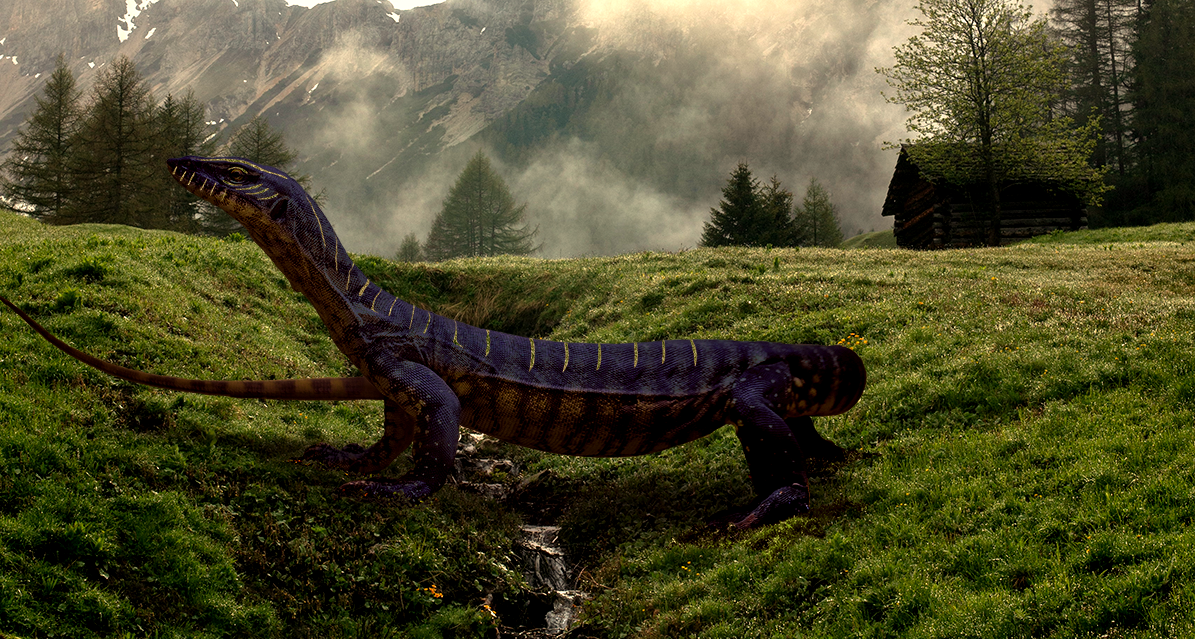
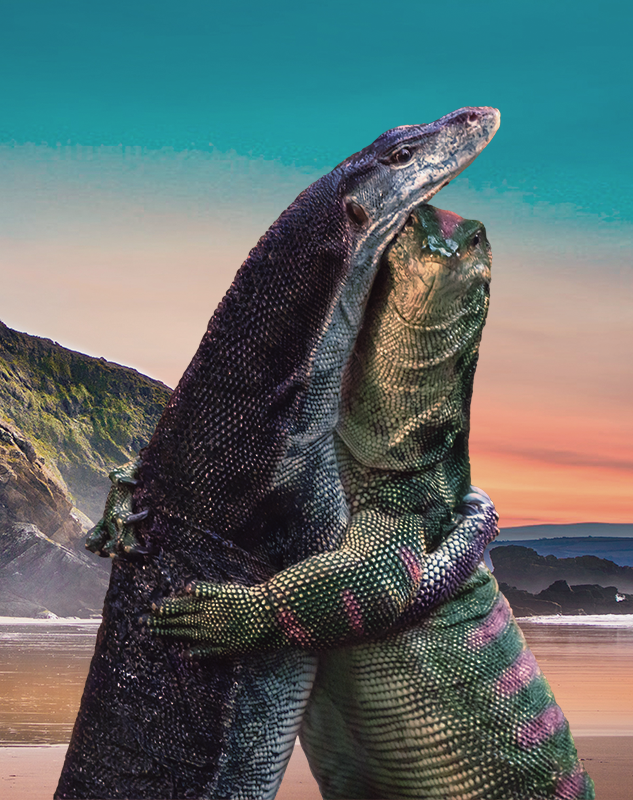
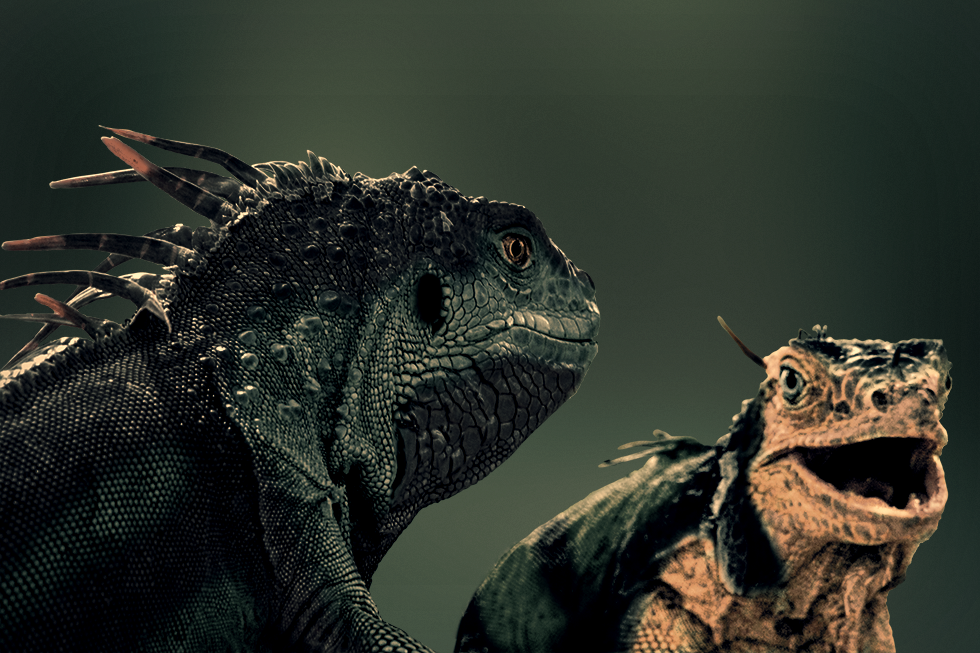
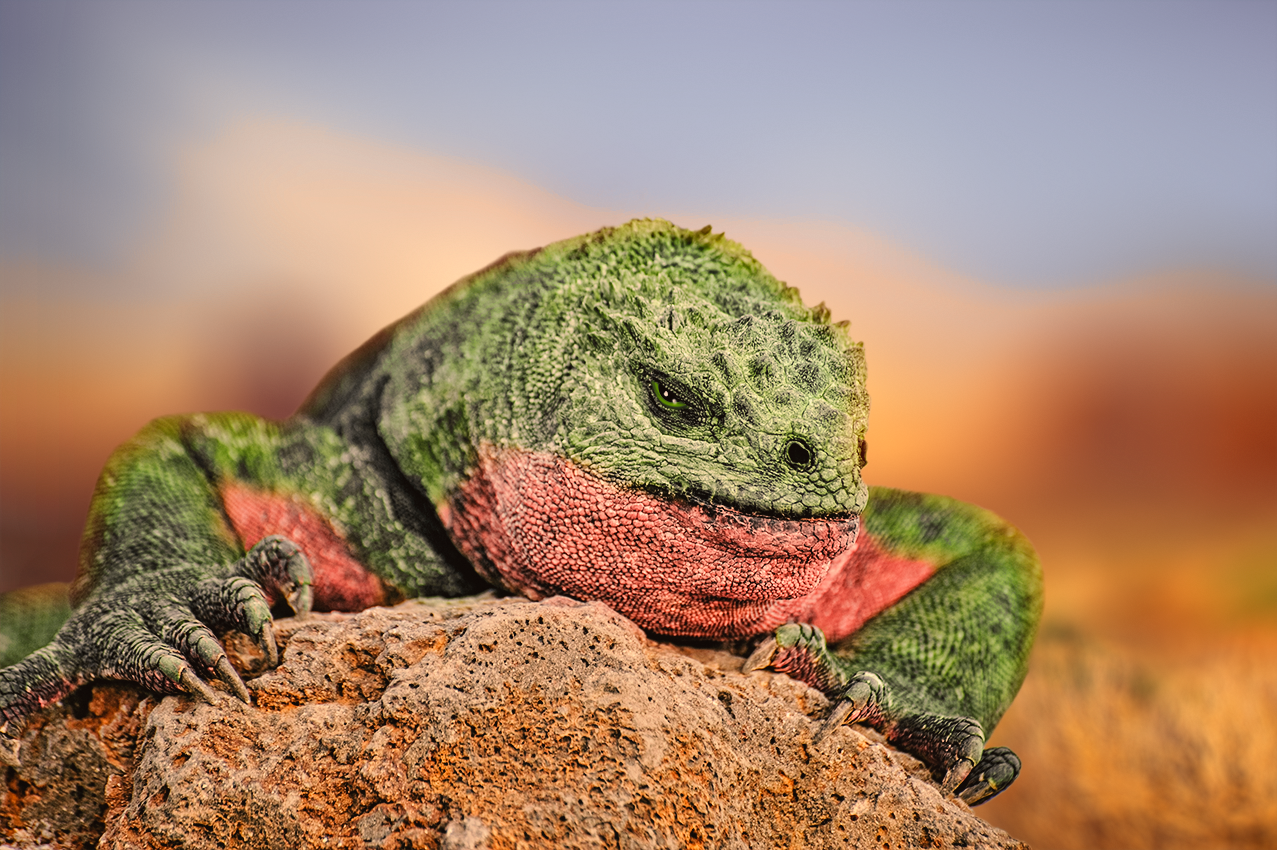
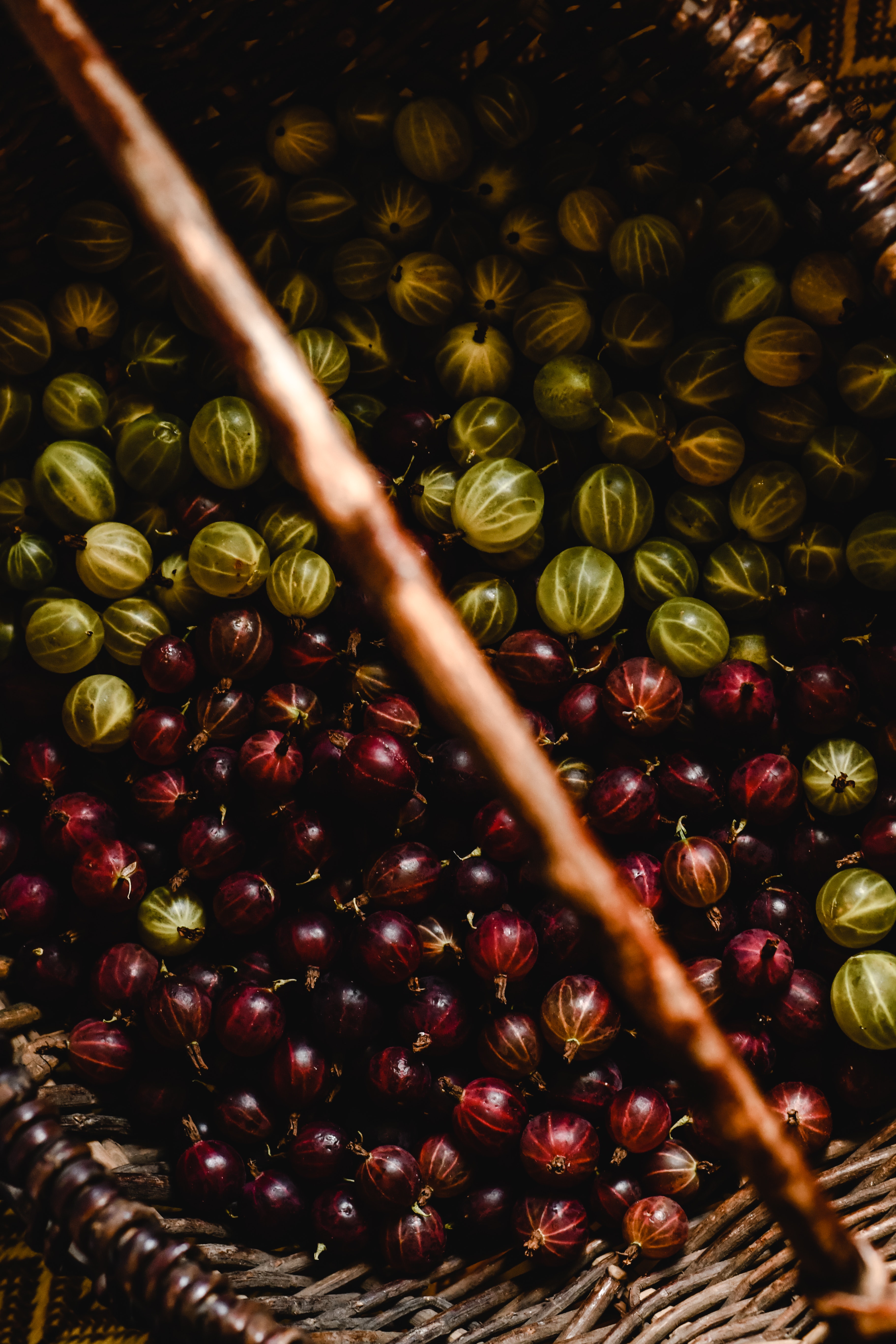
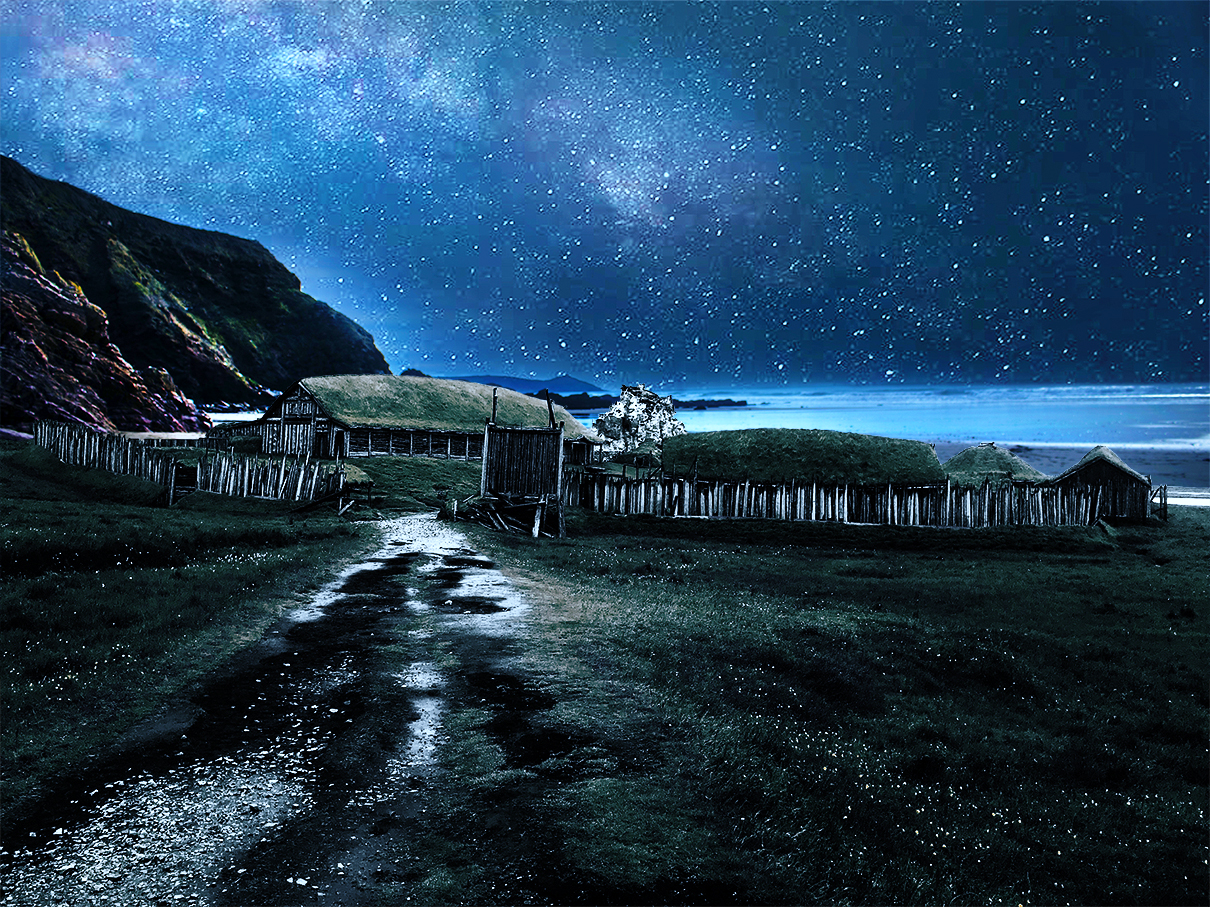


Comments